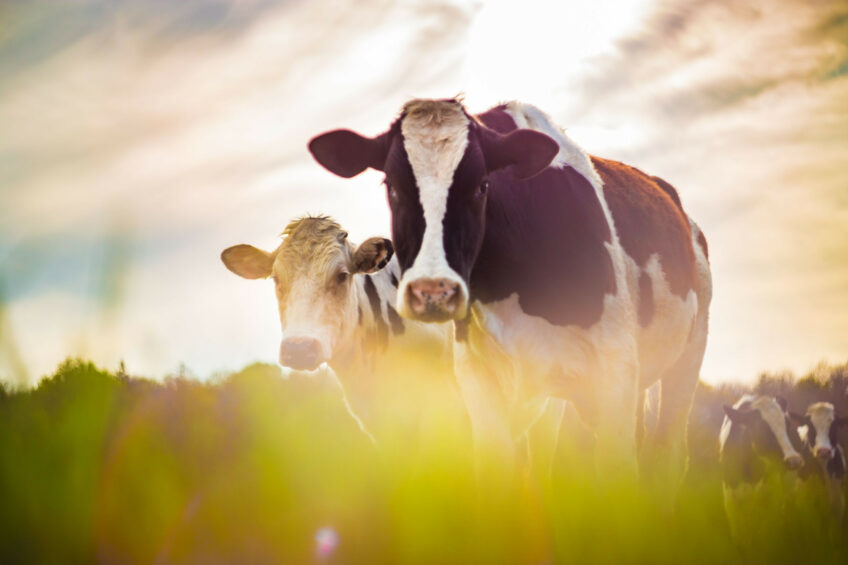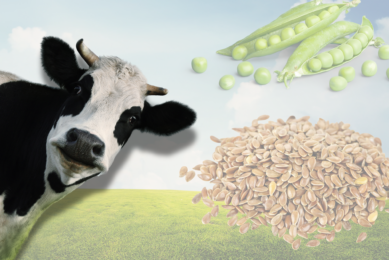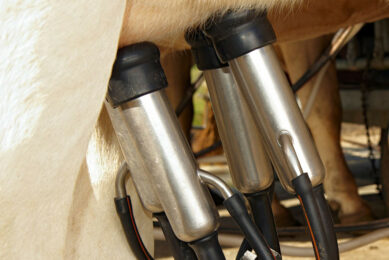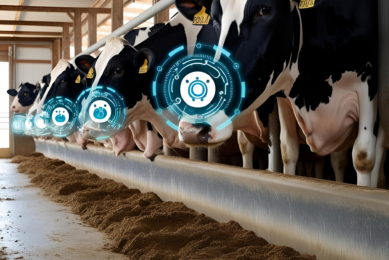Nearly £4bn to improve climate resilience on UK dairy farms

Consultants believe it will cost £3.9 billion over the next 10 years to improve climate resilience across UK dairy farms.
A research report, ‘The Cost of Climate Resilience: Future Proofing UK Dairy’ by Kite Consulting suggests that the estimated average cost of capital infrastructure investments and additional land required to ensure environmental resilience is £472,539 per farm, which translates to 2.4ppl a year for 10 years.
Its analysis, taken from data from over 850 dairy farms, is based on an average herd size of 236 cows housed for an average of 30 weeks per year.
Silage costs
Some of the extra costs stem from an additional 1,350 tonnes of silage storage per farm, which is needed to increase capacity to 1.5 years for cover in case of drought or late grazing turnouts.
Ensuring sufficient forage stocks is becoming increasingly important to dairy farms with the UK facing increased drought risks over summers along with the risk of high rainfall events increasing the winter housing periods. So, to ensure that milk production can be maintained in these periods, farms need to be prepared with additional forage reserves.
Based on the Agriculture and Horticulture Development Board (AHDB)’s feed and forage calculator, a herd of 236 cows with an average housing period of 30 weeks requires forage for 2,725 tonnes of forage per year. To prepare for the changing climate, Kite Consultancy is recommending farms have the capacity to store an additional 50% of their yearly forage requirements. The cost of extra silage clamps per farm is £204,450, according to the report, .
Slurry storage on a dairy farm
An estimated 85% of dairy farms have less than 8 months slurry storage. This remains the case even when exit plans for the next 5-10 years are taken into account. Having sufficient slurry storage for a farm system in the UK is a legal requirement and is crucial for minimising the pollution risk from dairy farms. In England, Scotland and Wales, the Silage, Slurry and Agricultural Fuel Oil (SSAFO) regulations require a minimum 4 months of slurry storage. However, with the 18 months to March 2024 being the wettest on record, this was seen as insufficient for dairy producers.
The Nitrate Vulnerable Zones legislation includes about 55% of land in England and are designed to protect rivers and land from agricultural nitrate pollution. To comply, farmers in these areas must follow certain rules when applying nitrogen fertiliser and storing organic manure. To comply, farmers must have a minimum of 22 weeks (5 months) storage for cattle slurry and meet various limits on the amount of nitrogen they can apply to fields from both organic and inorganic sources.
The report suggests that farmers should have 8 months storage capacity with covers, but this increase is likely to cost farmers £92,296. While silage clamps and slurry stores are seen as 2 of the largest investments required for climate resilience and environmental protection, having sufficient land area is another key issue. Additional land may be required to help build forage stocks to provide additional cover in drought periods and enough land is needed to ensure manure applications can be targeted to where there is a soil and crop requirement.
Grants for dairy farmers
Farmers can take advantage of support and grants:
- 2 rounds of the Slurry Infrastructure Grant have been released with a third expected later this year. These are designed to enable livestock farmers to upgrade their slurry storage to reach 6 months capacity.
- The minimum grant farmers have been able to apply for is £25,000 for each business.
- Grants can cover up to a maximum rate of 50% of the eligible costs of a project.
- Even if the government funds 50%, the industry is still faced with a minimum investment of £3.9 billion to have the infrastructure and land required to ensure environmental protection in a changing climate.
Join 13,000+ subscribers
Subscribe to our newsletter to stay updated about all the need-to-know content in the dairy sector, two times a week.










